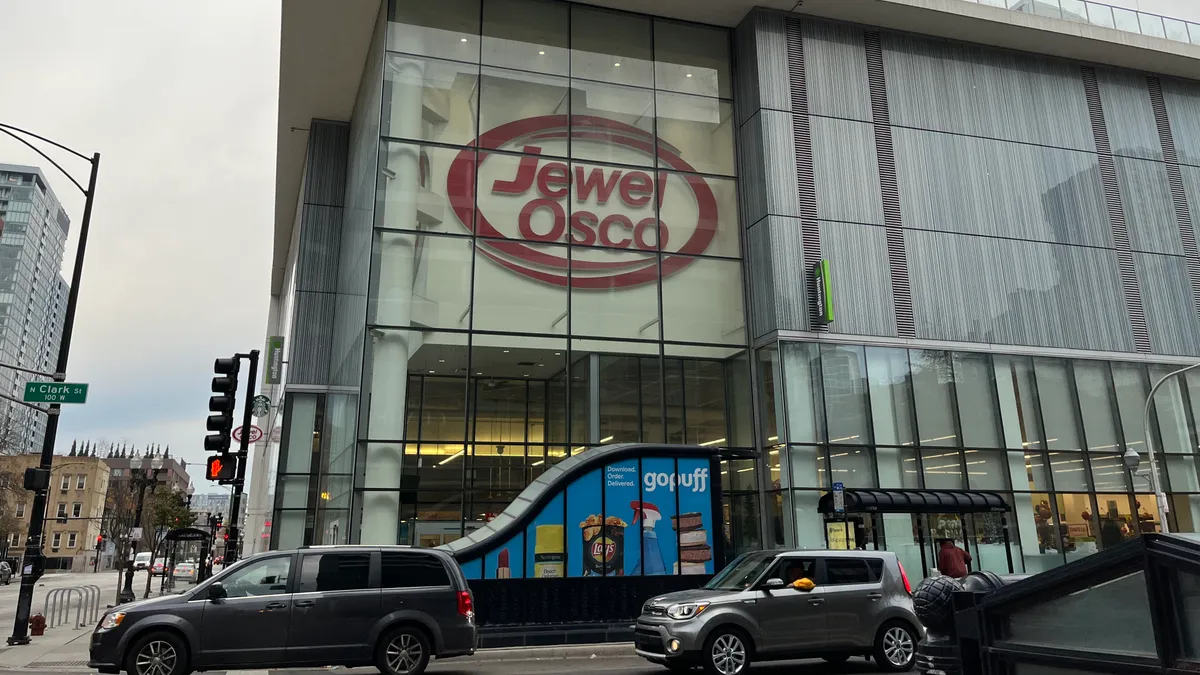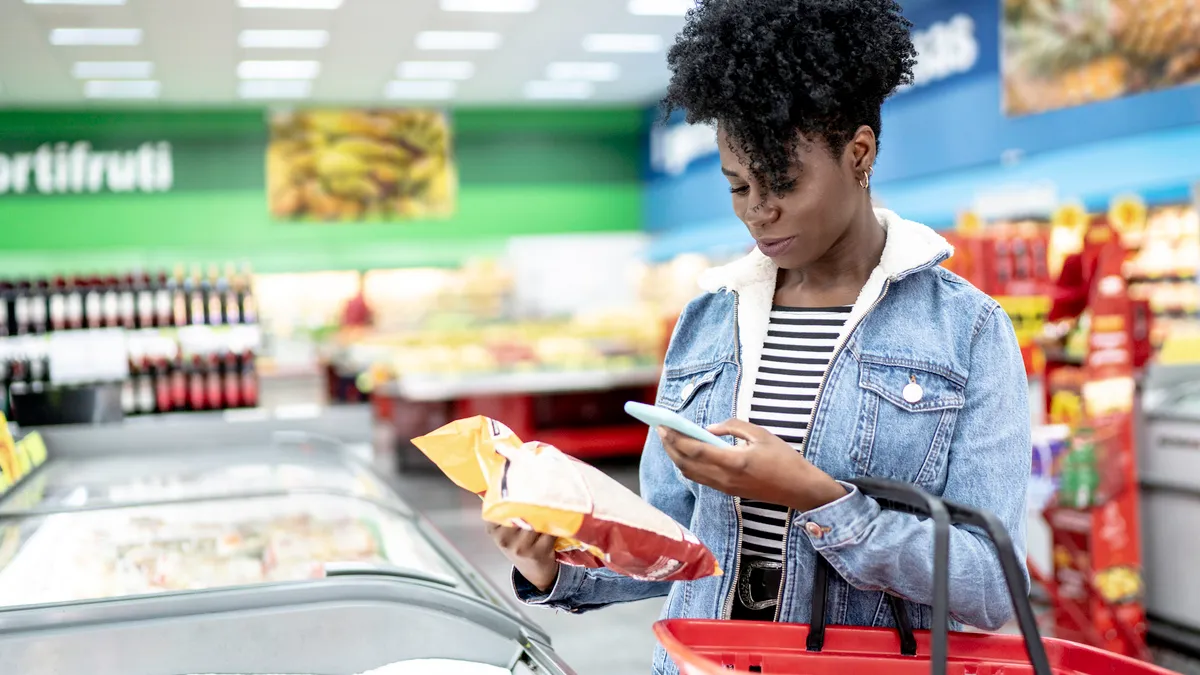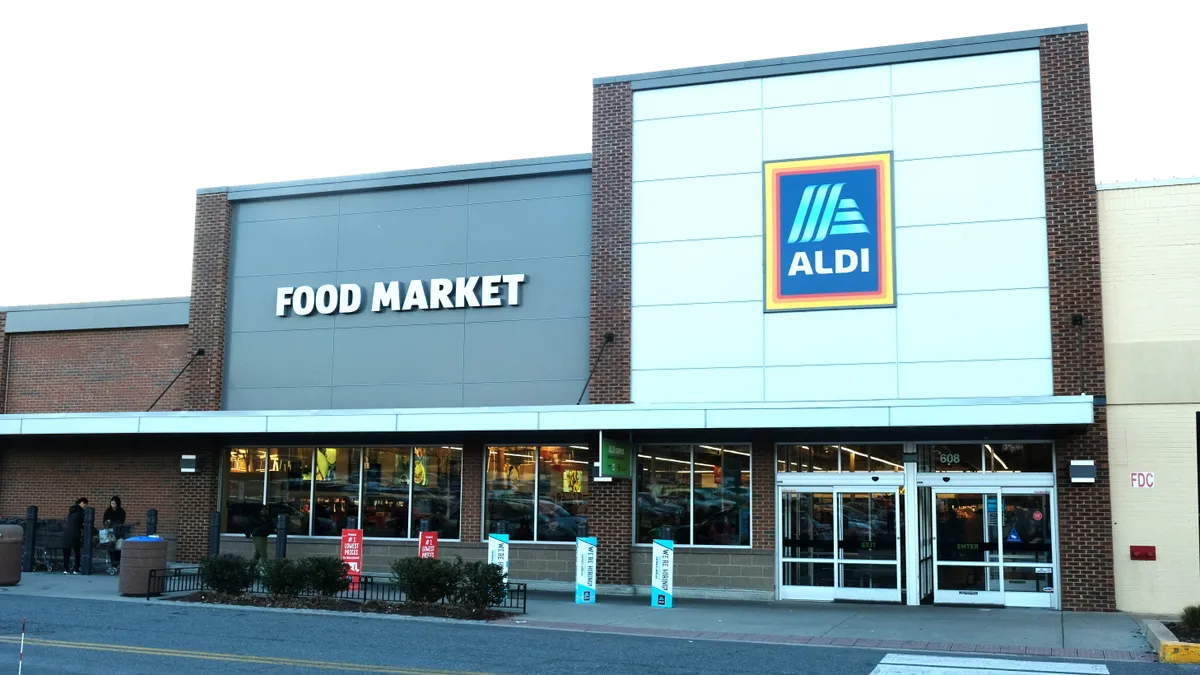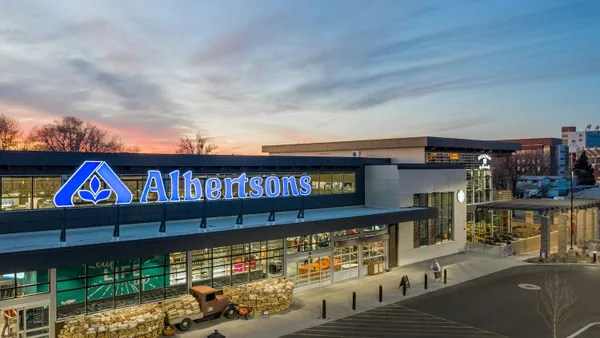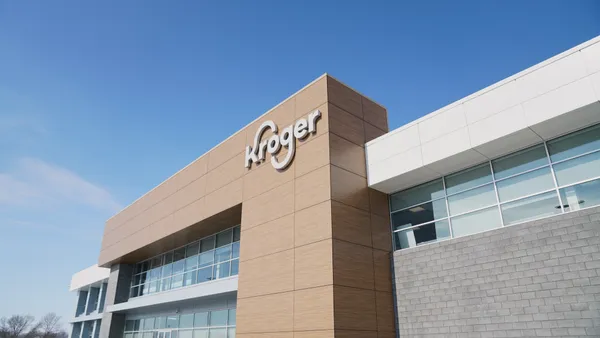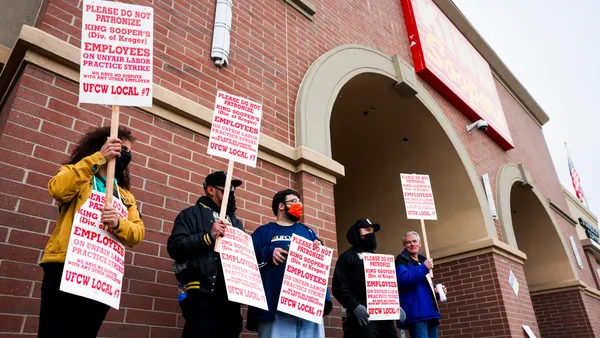Dive Brief:
- Albertsons saw a 1.2% year-over-year increase in net sales and other revenue during the third quarter of fiscal 2024, to $18.8 billion, the supermarket operator reported Wednesday.
- Identical sales grew 2% compared with the same period a year ago, driven mainly by strong growth in pharmacy sales. Digital sales rose 23% year-over-year during Q3.
- Albertsons has made progress in its effort to stand up to other grocers, but the company has “got to accelerate our growth rates to compete with the very, very best in the industry,” CEO Vivek Sankaran said during an earnings call Wednesday morning.
Dive Insight:
Sankaran, who was speaking during Albertsons’ first earnings call since it announced plans to combine with Kroger in late 2022, did not refer by name to retailers the grocer is up against to win and retain shoppers. Still, he clearly alluded to the pressure the company has been facing from the likes of Walmart and Costco as it tries to stay relevant with consumers in the wake of Albertsons’ failed merger with Kroger.
“We have a mass retailer and a club retailer that are growing much faster than us. And no matter what anybody thinks, they’re real competitors to us,” Sankaran said. “We know that to win in the marketplace, we’ve got to compete with them. … We’ve got to get to better performance to gain market share overall.”
Albertsons is especially focused on improving productivity as a way to stand out to consumers, according to Sankaran. “Our philosophy has always been finding ways to add value,” he said. “You can go to our store, and the level of service that we provide, the products that we provide, are all about adding value that a customer may not be able to get elsewhere.”
Albertsons President and CFO Sharon McCollam said during the earnings call that the grocer did not dial back capital investments related to its store fleet even as it moved ahead with its ultimately unsuccessful plan to merge with Kroger. “We have invested more money in the last three to four years in capital than we had in our history,” McCollam said.
McCollam said Albertsons might elect to close more stores during the next few years than it has in the past, but that those decisions relate to “general hygiene of the real estate portfolio,” which she said the merger review hampered. The retailer also sees opportunities to open new stores in certain markets, which she did not identify.
Albertsons is not currently in discussions with potential bidders for any of its stores, Sankaran said.
Sankaran said data the company has seen suggests that the food and beverage industry saw a significant slowdown in December, adding that the company’s results during the month reflect that decline. He attributed the slowdown to the unusually short period between the holidays in 2024, a factor that is “material especially in an environment where the consumer is being so cautious.”
Digital sales now represent more than 7% of the company’s grocery revenue, driven by the addition of new functionality to its mobile app and improvements in the quality, speed and convenience of its pickup and delivery operations, Sankaran said. Albertsons is seeing stronger e-commerce growth in its first-party digital sales operations than in its business with third-party providers, he added.
Sankaran said Albertsons is on track to implement the warehouse management system it is currently installing companywide by the end of 2025. He projected that the company will have 30% of its distribution volume automated by that point.
The retailer’s in-house digital media unit, Albertsons Media Collective, is outpacing the digital media industry and is “one of the largest opportunities we have to fuel reinvestment into our business,” Sankaran told investors. He noted that Albertsons rolled out technology that sends coupons to shoppers based on where they are in a store and expects that more than 8 million shoppers will have used the service by the end of the current fiscal year.
Albertsons in April began allowing customers to redeem loyalty points directly for savings when they buy groceries as part of an effort to make it easier for people to accrue and redeem points, Sankaran said. The adjustments have led to improved customer engagement, better retention and higher spending, he said.



